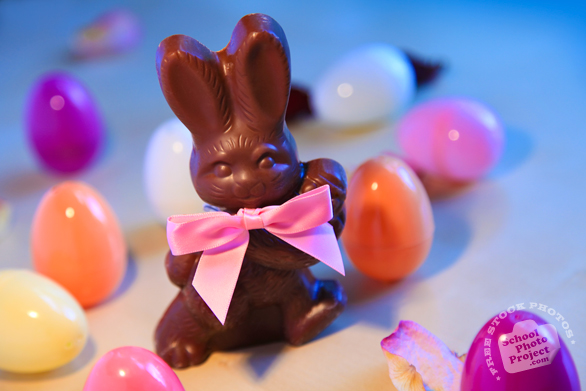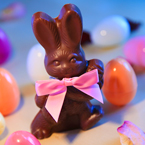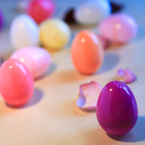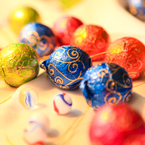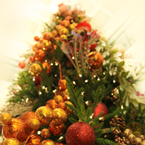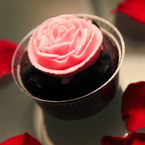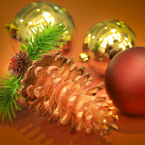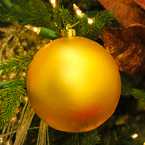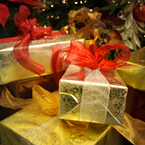Easter
Bunny
The Easter Bunny or Easter Rabbit
is a character depicted as a rabbit bringing Easter
eggs, who sometimes is depicted with clothes. In
legend, the creature brings baskets filled with
colored eggs, candy and sometimes also toys to the
homes of children, and as such shows similarities
to Father Christmas, as they both bring gifts to
children on the night before their respective holiday.
It was first mentioned in Georg Franck von Frankenau's
De ovis paschalibus (About Easter Eggs) in 1682
referring to an Alsace tradition of an Easter Hare
bringing Easter Eggs.
The hare was a popular motif in medieval church
art. In ancient times it was widely believed (as
by Pliny, Plutarch, Philostratus and Aelian) that
the hare was hermaphrodite. The idea that a hare
could reproduce without loss of virginity led to
an association with the Virgin Mary, with hares
sometimes occurring in illuminated manuscripts and
Northern European paintings of the Virgin and Christ
Child. It may also have been associated with the
Holy Trinity, as in the three hares motif, representing
the "One in Three and Three in One" of
which the triangle or three interlocking shapes
such as rings are common symbols. In England, this
motif usually appears in a prominent place in the
church, such as the central rib of the chancel roof,
or on a central rib of the nave. This suggests that
the symbol held significance to the church, and
casts doubt on the theory that they may have been
masons' or carpenters' signature marks.
Eggs, like rabbits and hares, are fertility symbols
of antiquity. Since birds lay eggs and rabbits and
hares give birth to large litters in the early spring,
these became symbols of the rising fertility of
the earth at the Vernal Equinox.
Rabbits and hares are both prolific breeders. Female
hares can conceive a second litter of offspring
while still pregnant with the first. This phenomenon
is known as superfetation. Lagomorphs mature sexually
at an early age and can give birth to several litters
a year (hence the saying, "to breed like bunnies").
It is therefore not surprising that rabbits and
hares should become fertility symbols, or that their
springtime mating antics should enter into Easter
folklore.
(Source: Wikipedia.org)
|


